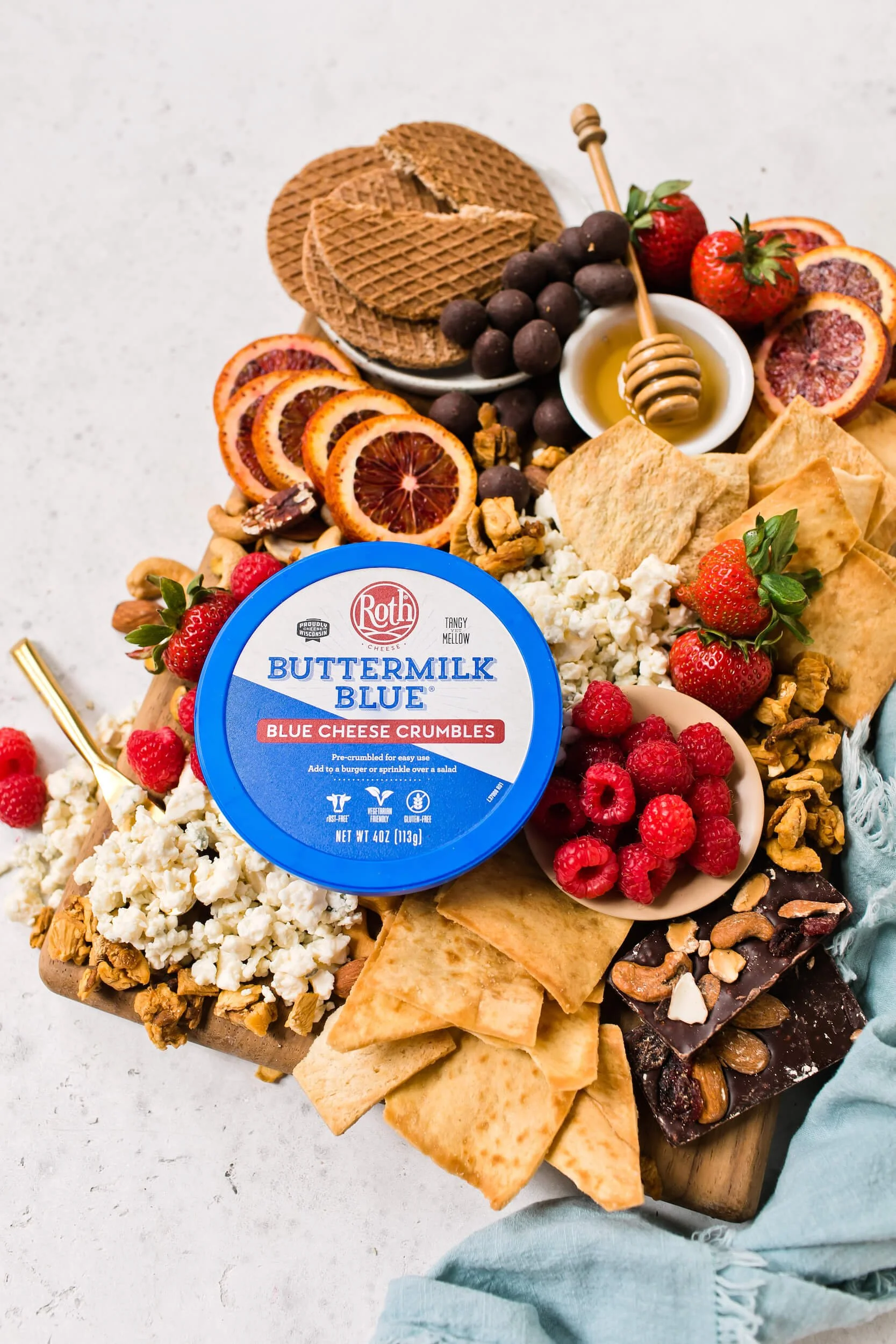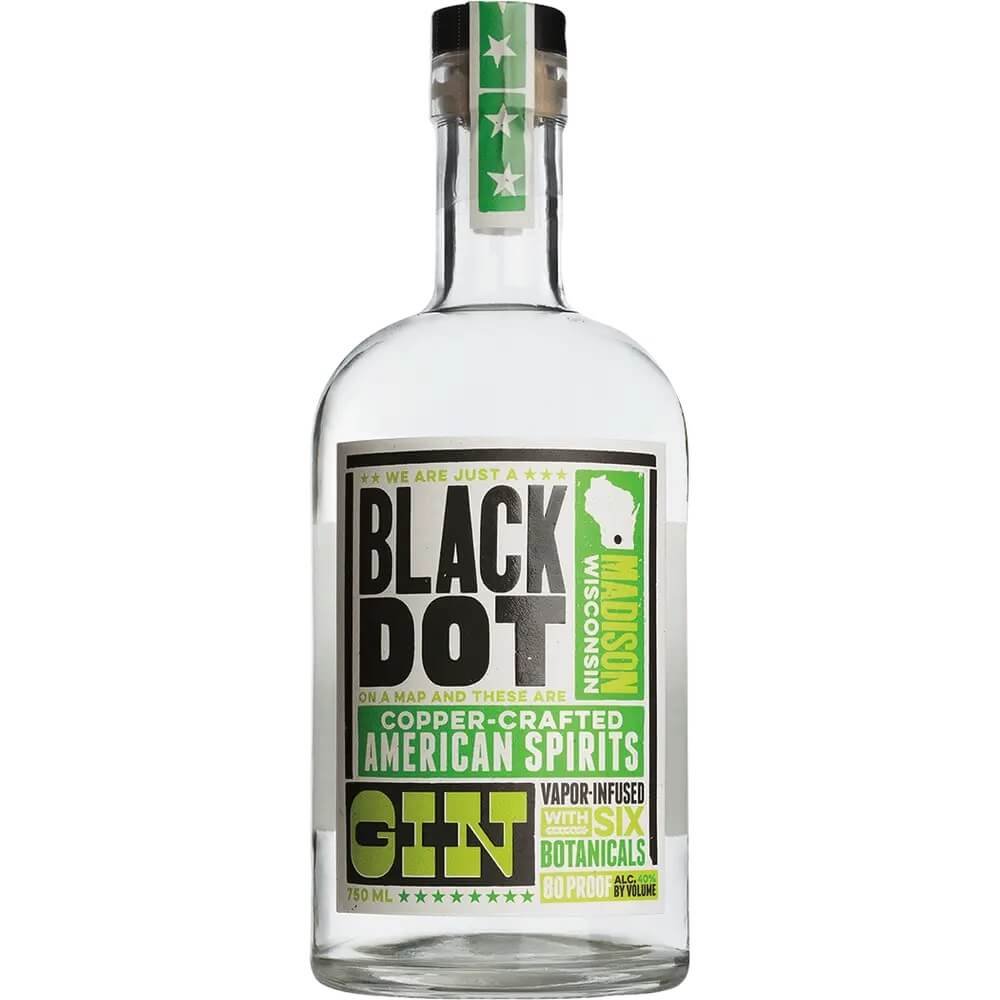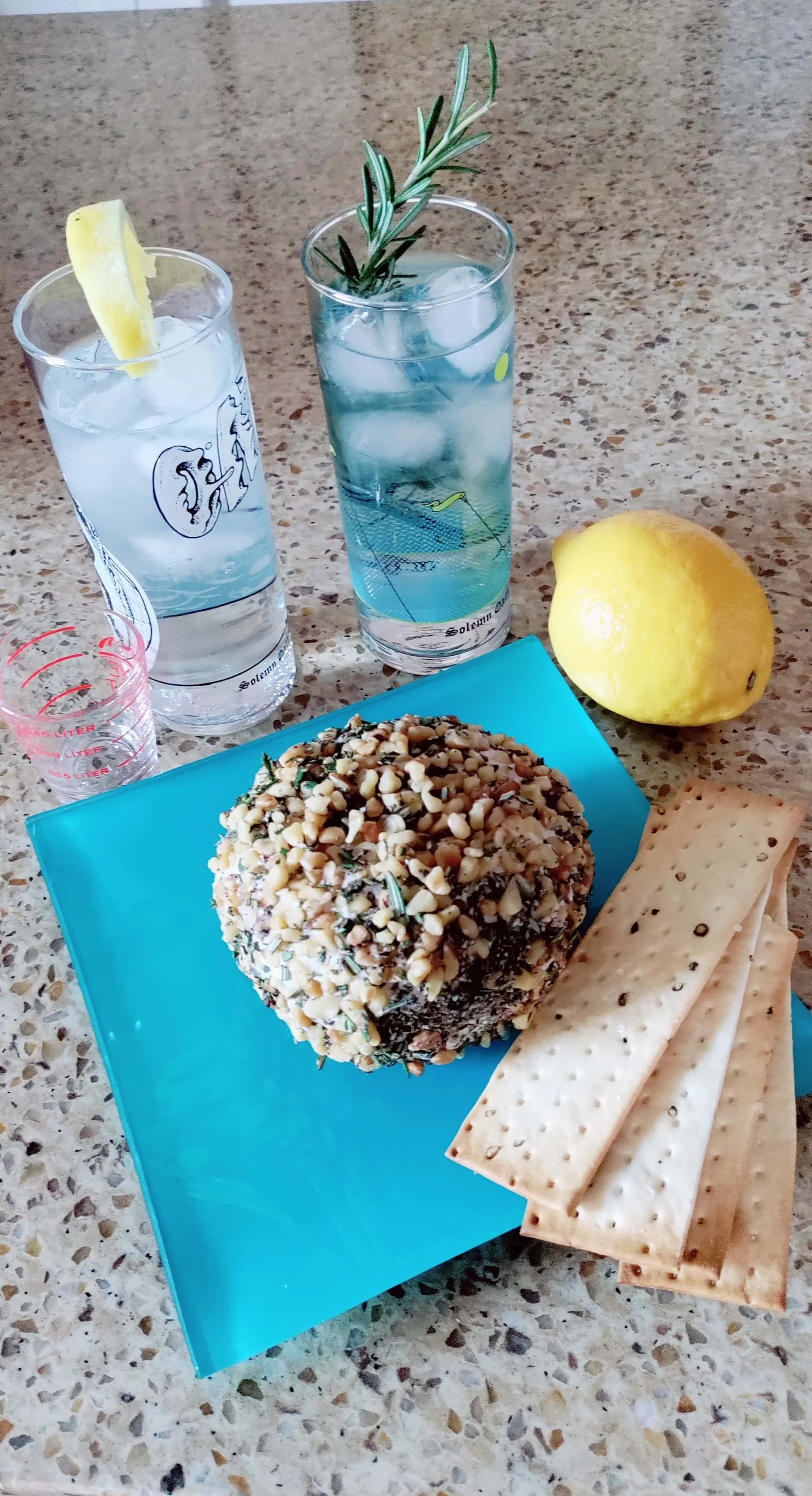Great Value Cheeses: Roth Buttermilk Blue
Editor’s note: Finding a nice cheese at a nice price is great. Finding a great drink pairing for that nice cheese makes it all the better. And as we begin to explore value cheeses with benefits in this space, we start with an easy-to-find, affordably priced blue cheese. Not sure if you like blue cheese? You may want to start with contributor David Phillips’ introduction, Blue Cheese 101 or Understanding Blue Cheese Lovers and Haters.
Roth Buttermilk Blue Cheeseboard photo photo courtesy of Roth® Cheese)
Roth Buttermilk Blue, from Emmi Roth, is a mild cow's milk blue made with vegetable rennet. Right on the label there is a recommendation to drizzle the tangy cheese with honey and pair it with gin. Who am I to argue? Cheese balls are trending lately, so my girlfriend and I whipped up a buttermilk blue cheese ball with dates, lemon zest, shallots and walnuts. We paired that with gin and tonic.
Roth Buttermilk Blue Background
First, let's talk about the cheese. Buttermilk Blue was developed in 1997 by Roth Kase, a Monroe, Wis.-based company that later partnered with (and then was acquired by) Swiss dairy giant Emmi Group. The blue cheese is one of three blues the company produces along with numerous cheeses inspired by European Alpines and goudas as well as Cheddars. The buttermilk name undoubtedly references the tangy, yogurt-like flavor and creaminess of this mild blue.
Roth Buttermilk Blue Pairings
A few days prior to the two of us enjoying the delicious cheese ball with the refreshing classic cocktails, I did a stripped-down tasting of the cheese with just straight gin and honey. I chose a classic five-botanical gin from Black Dot Spirits, an independent producer in Madison, Wis. I shook the gin over ice and sipped it neat. For the honey, I happened to have on hand a jar of Mitica brand Marcona almonds in honey. This product is a delicious indulgence. I love pairing it with cheeses or simply spreading it on toast.
So, I tasted the cheese first, and it was pretty delightful. Aptly named, with a buttermilk tanginess and a silky texture. The blue attack is restrained--a hint of white pepper and anise. The overall impression is that of a shy, cow's milk cousin of feta.
Mitica Marcona Almonds in Rosemary Honey photo courtesy Forever Cheese
Honey and blue cheese usually go nicely together, with the sweet nectar balancing the salt and pepper of the cheese. It's nice here too, and when the floral gin flavors and soothing almond notes join the festivities the six or seven flavor components dance in circles around one another without changing much, and certainly without the slightest clash. That's fine, because not all pairings, merge/explode/morph into something else. In the end it is a very nice harmony of flavors.
Gin and Tonics with cheeseball photo credit David Phillips)
Buttermilk Blue Cheeseball
The next Saturday, we found a recipe for a blue cheese ball, gathered the ingredients and broke out the mixer. Like most cheese ball recipes, it called for a cream cheese base. In this case, 8-ounces of cream cheese and 4 ounces of blue--convenient measurements because it matched the volume of the retail packages we purchased. However, with a mild blue like the Buttermilk, you might want to go with a 50/50 ratio. Being partial to fresh goat cheese, I might also consider subbing chevre for some of that cream cheese, next time we go cheese balls. Read more about cream cheese and see our recommended brands.
Anyhow, with our minor tweaks, our ball included chopped dates, finely minced shallots, and lemon zest. The crusty exterior (applied just before serving) included roasted walnuts and fresh rosemary. See the original recipe for Date Blue Cheese Ball.
Gin Cocktail Pairings
We had two gins available for the cocktails, Harvest Seasonal Gin, from Castle and Key Distillery, and Spruce Gin, from Maplewood Brewery and Distillery in Chicago. We paired the cheese ball with gin and tonics, with lemon wedge and rosemary sprigs for garnish. And the result, well, it was pretty fantastic! Any cheese has a bit of saltiness, and the iced tonic was a perfect foil for that salty smack. The rich sweetness of the dates, the umami of the shallots ducked in and out of each bite, along with the lemon zest. We had herbal flavors in booze, and herbs coating the cheese along with that oily walnut note.
Cheese balls probably went out of fashion as more and more Americans became more knowledgeable about good cheese. And surely many of us have tasted cheese balls made with mundane or predictable ingredients and cheeses, but the current revival should show us that with some imagination they can be delightful.
Buttermilk Blue is sold in a four-ounce retail wedge in major grocery chains coast to coast. And cheese shops may also offer it cut from the wheel. If you haven’t tried it yet, (with gin, on a burger or in a salad) you might want to do so now.





